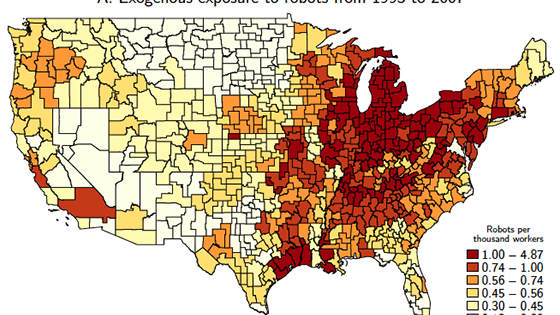Mobility in the U.S.
The automotive sector in the U.S. is undergoing a profound transformation fueled by electric vehicles (EVs), autonomous driving, and smart connectivity. As 2025 unfolds, these trends are reshaping transportation, manufacturing, and consumer preferences.
1️⃣ Electric Vehicles Take Center Stage
EV sales continue to surge as manufacturers like Tesla, Ford, and General Motors expand their electric lineups. Advances in battery technology are increasing range and reducing costs, making EVs more accessible.
2️⃣ Autonomous Driving Advances
Self-driving technology is progressing, with companies testing Level 3 and Level 4 autonomous vehicles in various states. These vehicles promise to improve road safety and reduce traffic congestion.
3️⃣ Connected Cars and IoT Integration
Modern vehicles are increasingly connected, offering real-time diagnostics, over-the-air updates, and integration with smart home devices. This connectivity enhances user experience and vehicle maintenance.
4️⃣ Sustainable Manufacturing Practices
Automakers are adopting greener production methods, including using recycled materials, renewable energy in factories, and circular economy principles to reduce environmental impact.
5️⃣ Changing Consumer Preferences
Younger generations prioritize sustainability, shared mobility, and digital experiences over traditional car ownership. Subscription services and car-sharing platforms are gaining popularity.
6️⃣ Regulatory and Infrastructure Developments
Government incentives support EV adoption, while investments in charging infrastructure and smart roads are accelerating nationwide.
Conclusion
The automotive industry in 2025 is marked by innovation, sustainability, and shifting consumer behavior, paving the way for a cleaner, safer, and smarter mobility future.
